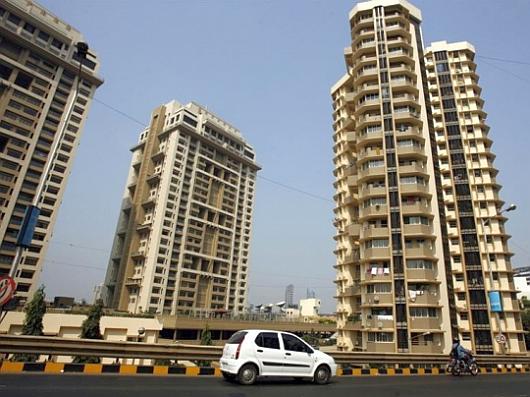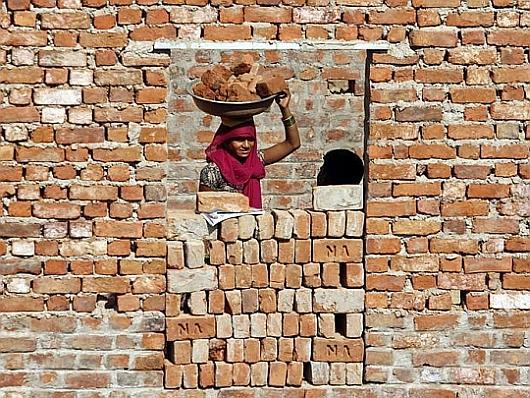 | « Back to article | Print this article |
Why real estate firms should not get sops they asked
The housing sector has not been quite the same since the crash of 2008 hit its financing options. Now, it has been reported by this newspaper that it is trying to get infrastructure status for itself in this Budget, so as to ease its financing.
Currently, companies building roads, pipelines and telecom towers can access financing from banks or non-banking finance companies at lower rates, and for a longer period.
Infrastructure development has certain special needs - it is shared among a large number of people, and it is difficult to keep out free riders, making it hard to finance. Typically, the initial investment is considerable, and it only pays off after some time.
In addition, it permits lower costs to an entire gamut of local enterprises. Thus, it makes sense to have different standards and requirements for infrastructure.
However, real estate development meets practically none of these criteria. Preventing free-riding is hardly a problem. In addition, the turnover time for companies in the sector is not so long that profits are recovered only in decades.
Click NEXT to read more...
Why real estate firms should not get sops they asked
It is difficult to imagine any such proposal as anything but an attempt to ensure that companies that have signally failed to meet market expectations receive fresh and undeserved liquidity from banks and non-banking finance companies rushing to take advantage of eased norms.
This will merely increase whatever irresponsible behaviour has been seen in the sector and which caused its troubles, not correct it.
In addition, when India is facing a severe industrial slowdown caused by an investment crisis, the last thing the government should want - if it is serious about recovery - is to push for the diversion of scarce private sector long-term funds to big builders. The finance minister must stand firm against the proposal.
This is not the only concession big real estate developers are seeking from the government. They have also asked for fiscal concessions - specifically for what they have called "affordable housing".
However, the big companies' notion of affordable is not, perhaps, in keeping with India's actual distribution of income - it could be anything up to Rs 30 lakh (Rs 3 million), where it is the lack of housing costing below Rs 10 lakh that is the real constraint for sensible urban development.
Click NEXT to read more...
Why real estate firms should not get sops they asked
Of course, fixing the sub-Rs 10-lakh (sub-Rs 1 million) market will require urban land reform by states, promoting which should be prioritised by the Centre in the new package under the Jawaharlal Nehru National Urban Renewal Mission.
Making such houses attractive will also require investment in real infrastructure - in roads, lights, drains and so on.
Not all the suggestions emanating from the industry and from the ministry of housing deserve to be rejected. One important point made by Housing Minister Ajay Maken is that floor-space index (FSI) in most of India's cities is too low, and changed only arbitrarily.
This needs to be fixed in order to ensure that the policy on reviewing FSI becomes transparent. India's cities are of higher density than they currently are, and a transparent and stable policy should ease the burden of high land prices.
Even then, it is unclear whether current players in India's real estate sector are capable of changing their mindset sufficiently to look at the bottom of the pyramid, or are continuing to search for quick profits from the bubble at the top end of the market.
The last thing that the government should do at this point is to replace real reform, and to stop the market from disciplining the sector so that it changes its business model.



